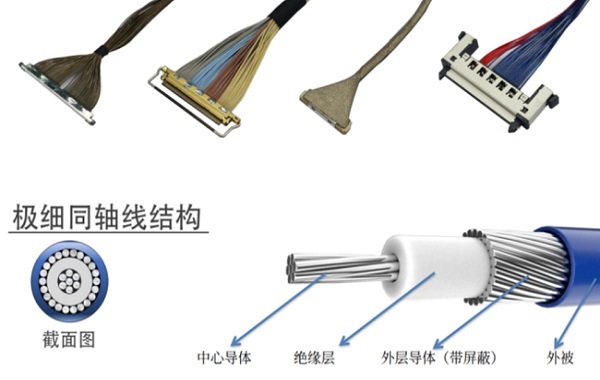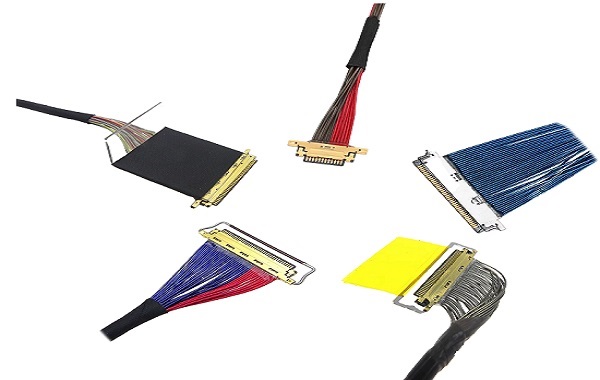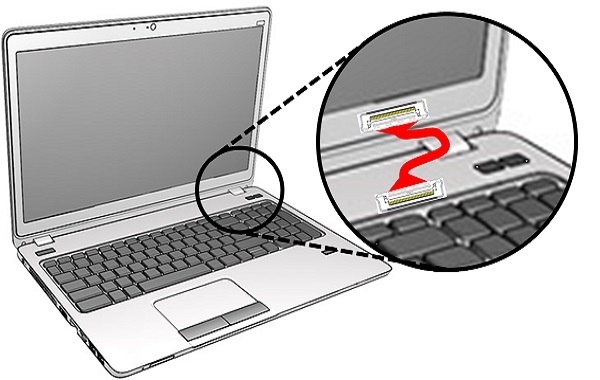Categorization:Harness Component

Signal attenuation is a common phenomenon in high-speed transmission links, especially more pronounced in extremely thin coaxial cable bundles. Due to their diameter typically only ranging from 0.2mm to 0.5mm, the internal conductors are extremely fine, and various factors along the transmission path will affect the signal. The main aspects include the following:
1.1 Conductor Loss:
The conductor cross-sectional area is small, and in high-frequency signal transmission, the "skin effect" will occur, causing the current to concentrate on the surface of the conductor, thereby increasing losses.1.2 Medium Loss:
The insulating material inside the harness has certain dielectric losses, and the higher the frequency, the more obvious the losses are, which will affect both the amplitude and phase of the signal.
1.3 Impedance discontinuity:
Connectors, welding points, or bending areas that do not have good impedance control will generate reflected signals, causing energy loss and signal distortion.
1.4 Interference and Shielding Impact:
In ultra-fine structures, the shielding layer thickness is limited, and crosstalk may occur between adjacent channels, affecting the overall signal quality and system stability.
In order to reduce losses in high-speed transmission, the industry has adopted a number of optimization strategies in material selection, structural design, and manufacturing processes.
2.1 Optimize materials:2.2 Enhance shielding structure:
By using a multi-layer shielding design with high-density weaving layers or aluminum foil layers, it can significantly suppress external electromagnetic interference even under conditions of limited wire diameter.2.3 Strict Impedance Control:
By precisely controlling the conductor diameter and medium thickness, the line束 is maintained within the 50Ω single-ended or 100Ω differential impedance range, reducing reflection loss from the source.2.4 Short-distance high-speed transmission:
In notebooks, tablets, and other devices, extremely thin coaxial cable bundles are commonly used for high-speed transmission links within a few centimeters. Within this range, even when the speed reaches 10Gbps or higher, signal attenuation can still be controlled within a reasonable range.
In high-speed systems such as laptops, tablets, AR/VR display modules, ultra-fine coaxial cable bundles have gradually replaced traditional FPC or ribbon cables to become the mainstream solution. Practice has shown that even at the 20Gbps rate, it can still maintain a lower error rate and a clear eye diagram opening when the design is reasonable and impedance matching is accurate.
In medical imaging equipment, extremely fine coaxial beam also shows excellent signal retention capability, making image data stable and free of significant distortion during high-frequency transmission. This fully demonstrates that although the small size brings higher design difficulty, signal attenuation can be effectively controlled through material and process optimization.
I amSuzhou Huichengyuan Electronic Technology,Long-term focused on the design and customization of high-speed signal cable harnesses and ultra-fine coaxial cable harnesses, committed to providing stable and reliable high-speed interconnection solutions. For more information or technical support, please contact:Manager Yin 18913228573 (WeChat number)。